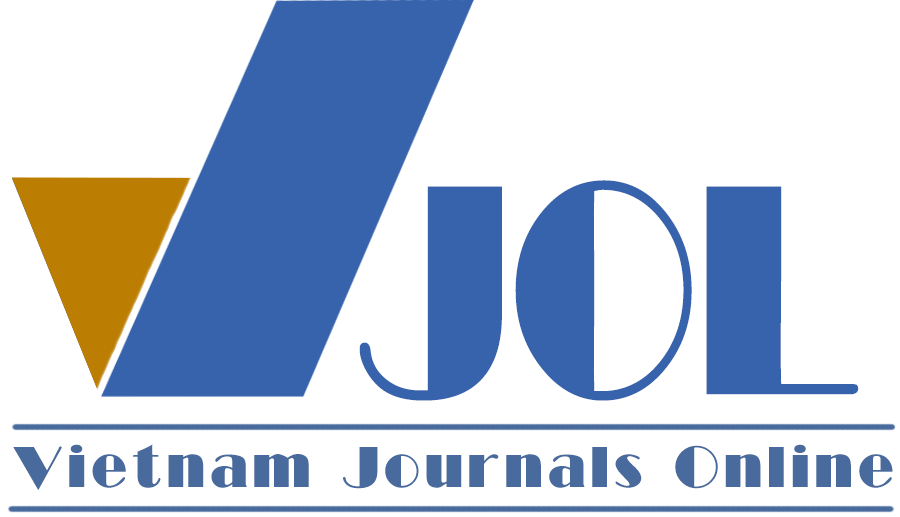Tác động của kiều hối đến tăng trưởng kinh tế Việt Nam: Nghiên cứu dựa vào mô hình VAR
Các tác giả
DOI: https://doi.org/10.57110/jebvn.v3i1.158Từ khóa:
Kiều hối, tăng trưởng kinh tế, VARTài liệu tham khảo
Abdih, Y. et al. (2012). Remittances and Institutions: Are Remittances a Curse? World Development, 40(4), 657-666.
Aggarwal, R. et al. (2006). Do Workers’s Remittances Promote Financial Development? Journal of Development Economics, 92(2), 255-264.
Bettin G. & Zazzaro, A. (2012). Remittances and Financial Development: Substitutes or Complements in Economic Growth? Bulletin of Economic Research, 64(4), 509-536.
Chami, R. et al. (2005). Are Immigrant Remittance Flows a Source of Capital for Development. IMF Staff Papers, 52(1), 55-81.
IMF Data Home Page. <https://data.imf.org/?sk=388DFA60-1D26-4ADE-B505-A05A558D9A42&sId=1479329334655> Accessed 15.5.2021.
Le Dat Chi & Phan Thi Thanh Thuy (2014). The Impact of Remittances on Economic Growth in Developing Countries. Journal of Development & Integration, 16(26), 52-58.
Majeed, M.T. (2015). Corruption and Remittances: Evidence from around the World. Journal of Economics and Development, 17(3), 5–24.
Monetary and Financial Statistics by Indicator by IMF. <https://data.imf.org/regular.aspx?key=63087883> Accessed 15.5.2021.
Nguyen P.H. et al. (2020). Remittance, Real Exchange Rate, and the Dutch Disease in Asian Developing Countries. The Quarterly Review of Economics and Finance, 77, 131-143.
Nguyen Phuc Hien & Hoang Thanh Ha (2019). Impacts of Remittance on Vietnam’s GDP Growth. Journal of Trade Science, 132(3), 24-29.
Nguyen Phuc Hien & Vu The Cuong (2020). Impact of Remittances on Economic Growth in Some ASEAN Countries. Journal of Foreign Economic Relations, 120(8/2019), 34-42.
Paola G. & Marta R. (2005). Remittances, Financial development, and Growth. Journal of Development Economics, 90(1), 144-152.
Pham Thi Hoang Anh & Pham Duc Anh (2018). Investigating the Impact of Remittances Flow on Vietnam’s Economic Growth based on the ARDL model. JABES, 2(1), 24-39.
Phuc Hien Nguyen (2017). Remittances and Competitiveness: A Case Study of Vietnam. Journal of Economics, Business and Management, 5(2), 79-83.
Seyed Soroosh Azizi (2018). The Impacts of Workers’ Remittances on Human Capital and Labor Supply in Developing Countries. Economic Modelling, 75, 377-396.
Tran Huy Tung (2019). Remittance Policy for Vietnam’s Economic Development. Doctoral Thesis in Economics, Banking Academy.
World Bank Vietnam Data 2021. <https://data.worldbank.org/indicator/BX.TRF.PWKR.CD.DT?end=2020&locations=VN&start=2000> Accessed 15.5.2021.
Sim. C. A. (1980). Macroeconomics and Reality. Econometrica, 48(1), 1-48.
Tải xuống
Tải xuống
Đã xuất bản
Số lượt xem tóm tắt
PDF Tải xuống
Cách trích dẫn
Số
Chuyên mục
Giấy phép
Bản quyền (c) 2023 Nguyễn Phúc Hiền

Tác phẩm này được cấp phép theo Giấy phép quốc tế Creative Commons Attribution-NonCommercial 4.0 .
by VNU Journal of Economics and Business





